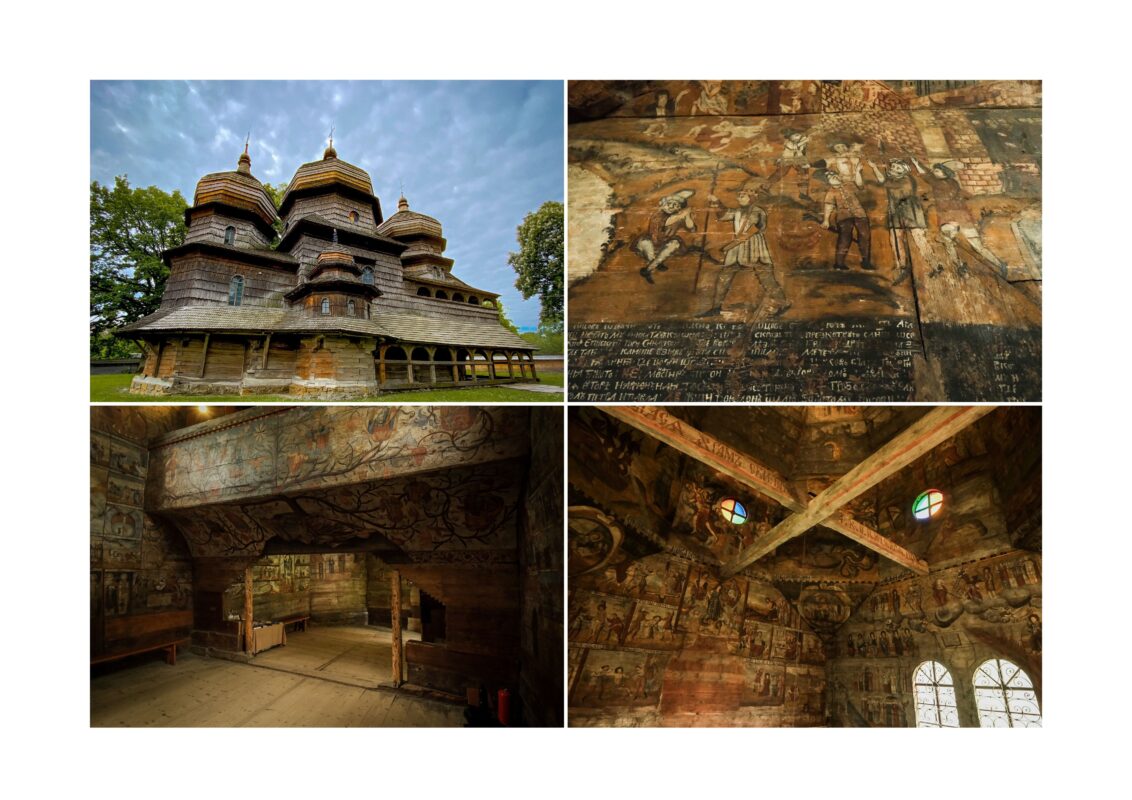When I travel from Lviv to the Carpatian Mountains or one of its resorts then I always make a stop in Drohobych.The city was founded at the end of eleventh century as an important trading post and transport node between Kyiv Rus’ and the lands to the West of Rus’. After extinction of the local Ruthenian dynasty and subsequent incorporation of the Kingdom of Galicia–Volhynia into the Polish Kingdom by 1349, from the fifteenth century the city was developing as a mercantile and saltworks centre. Drohobych became part of the Habsburg Empire in 1772 after the first partition of Polish–Lithuanian Commonwealth. In the mid-nineteenth century it became Europe’s largest oil extraction centre, which significantly contributed to its rapid development. Its petroleum was delivered to Vienna to illuminate streets and railway stations. After World War II the city was incorporated into the Ukrainian part of the Soviet Union, which in 1991 became the independent Ukraine. Drohobych was the birthplace of such well-known personalities like Elisabeth Bergner, Ivan Franko and Bruno Schulz. The city has several oil refineries. The Drohobych saltwork is supposed to be the oldest in Europe.
St. George’s Church in Drohobych is one of the oldest and best-preserved timber churches of Galicia. The church is a monument of Galician wooden architecture of the late 15th – early 16th centuries, one of the best preserved and one of the best monuments of ancient Ukrainian sacral architecture. Built in the 15th century, it has been rebuilt several times and given the final architectural forms by the talented Ukrainian architect Hryhoriy Tesla from Drohobych. The church is part of the wooden architecture department of the Museum of Drohobych region. The church consists of three parts. The central block is square in plan and comprises the nave. Two other blocks contain the double apse and the narthex. Between 1678 and 1711, the church was renovated: the interior was frescoed, the octagonal structures built up, and a new belfry appeared. It is one of the 16 churches that comprise a World Heritage Site named the Wooden Churches of the Carpathian region in Poland and Ukraine.
At my last visit in Mai 2021 the amazing iconostases was missing because of restoration in Kyiv. Therefore I added some older pictures of my visit in June 2018 to the gallery, when the iconostasis was available and visible for tourists.

